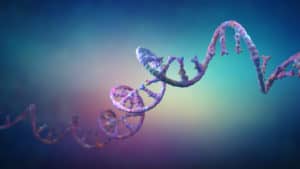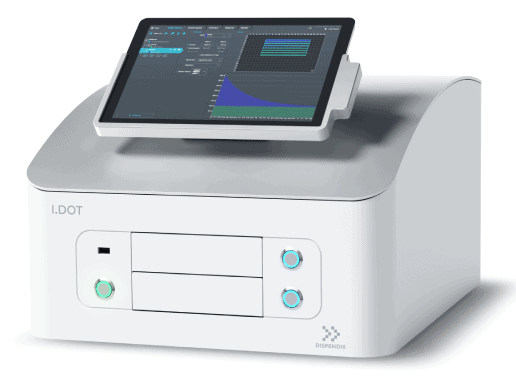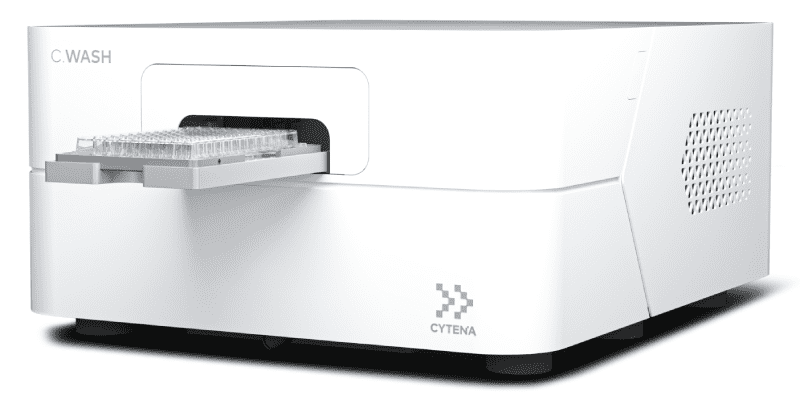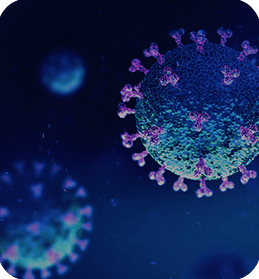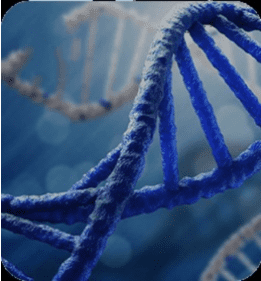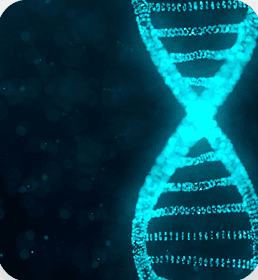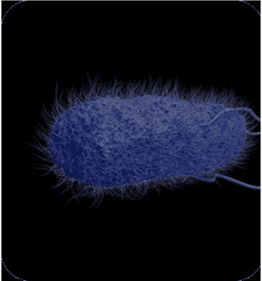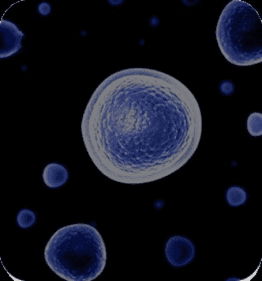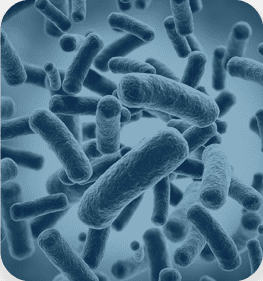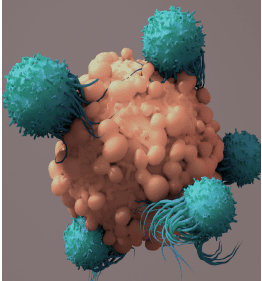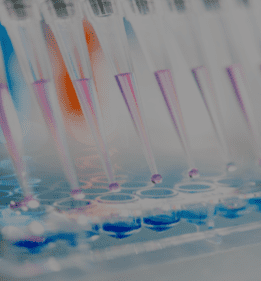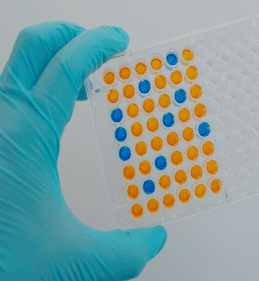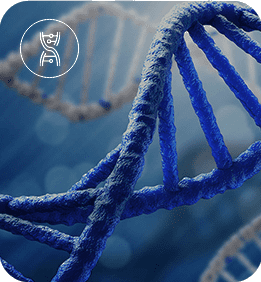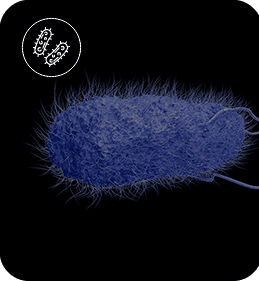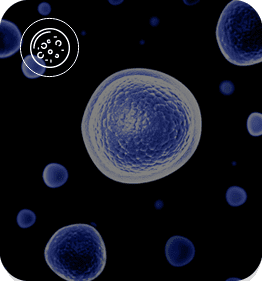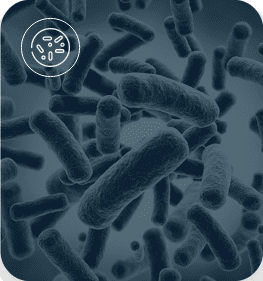COVID-19 Monitoring
Unveil how non-contact liquid handlers
help to fight the pandemic
help to fight the pandemic
Overview
Since the beginning of the decade, the main challenge for global healthcare has been the COVID-19 pandemic. On a global scale, the pandemic has reached far and wide, affecting all social spheres and disrupting day-to-day life. Medical researchers and pharmaceutical companies have benefitted from years of research to produce novel RNA vaccines to protect the general population and alleviate the strain on medical resources. However, there are still daily challenges to face with regards to monitoring the ongoing spread and rise of different variants. According to the European Centre for Disease Prevention and Control (ECDC), more than 45 variants of COVID-19 have been identified
since 2020.
In order to keep track of new cases and variants, different sample preparation methodologies for next-generation sequencing have been explored, including miniaturization and a combination of different reagents. CYTENA’s I.DOT and C.WASH use noncontact dispensing technology to accelerate liquid handling and sample preparation. Particularly, the C.WASH uses centrifugal force to wash plates, reducing the amount of hands-on time and resources needed to purify COVID samples. Together, these two instruments are optimizing next-generation sequencing to keep up with the demands of this evolving public health emergency.
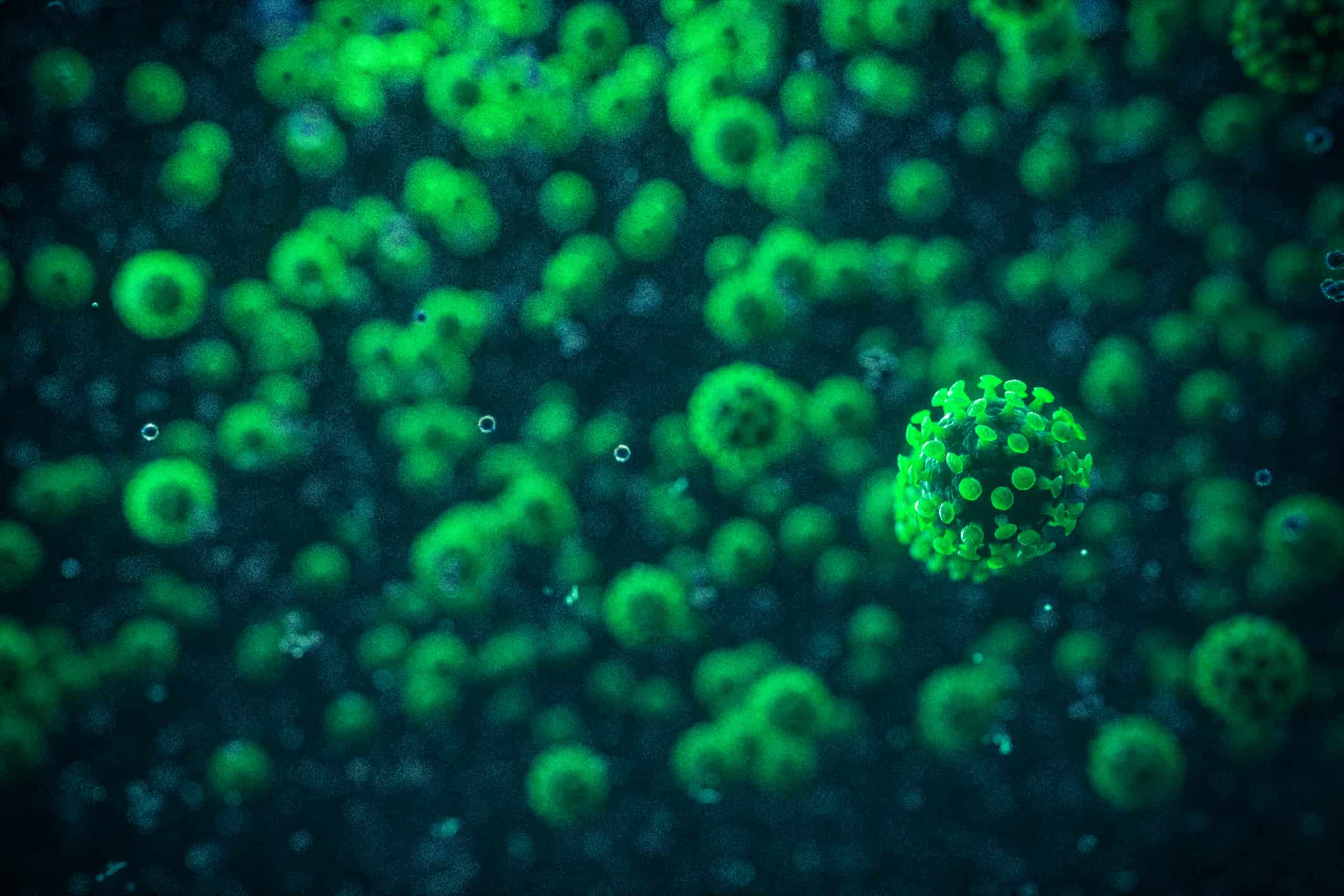
Sub-Applications
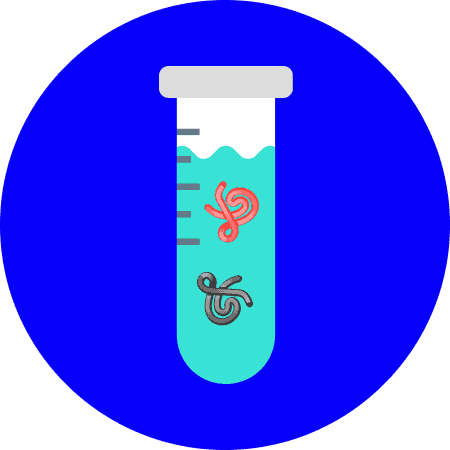
Miniaturize
library preparation
With nanoliter dispensing and customizable software, the I.DOT helps you set up library preparation protocols in minutes and significantly reduce your reagent consumption.
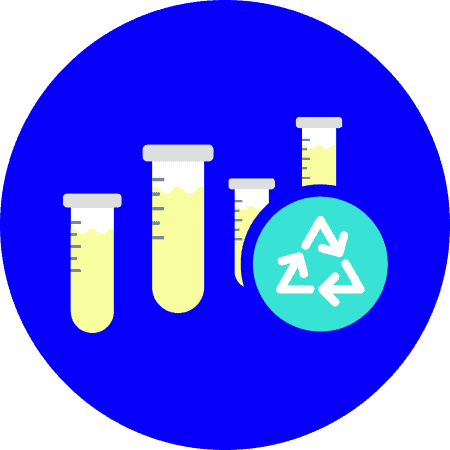
Reduce plastic waste
Break free from pipette dispensing thanks to the I.DOT and C.WASH’s noncontact dispensing. These instruments also minimize the risk of cross contamination, ensuring more reliable data.
Research Workflows
Apply next-generation sequencing methods to your ongoing pandemic research
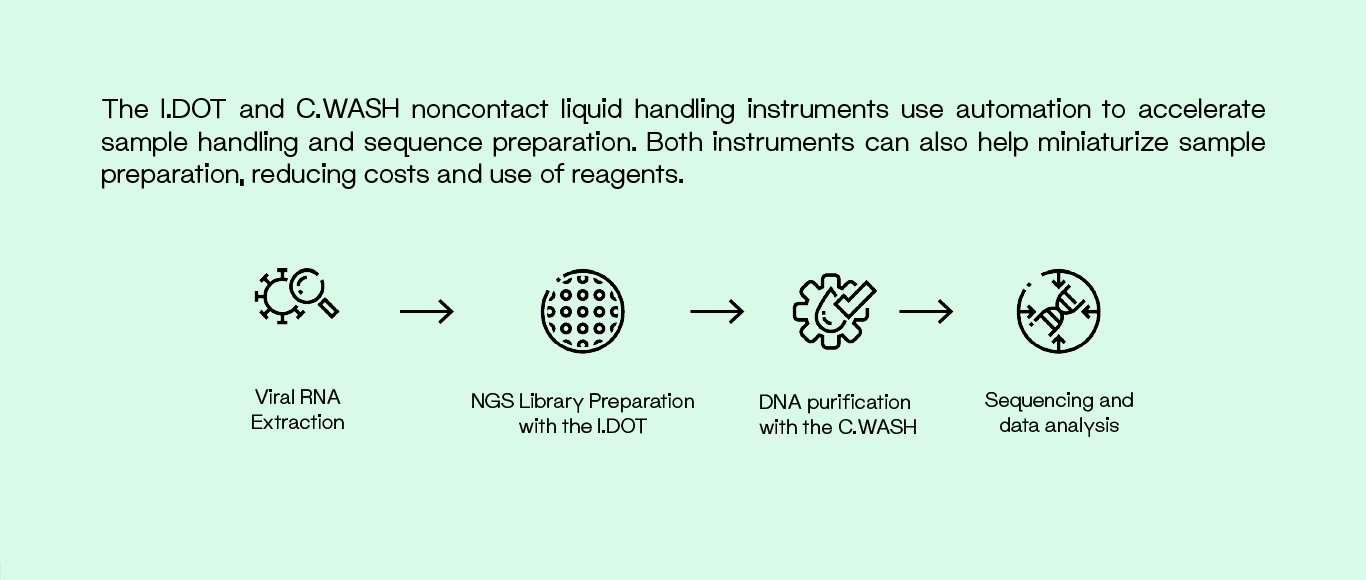
The I.DOT has been used to develop new methods of next-generation sequencing across several institutions, including in a study from Dr. Nicola Crosetto’s lab at the Karolinska Institute. Researchers used the noncontact liquid handler to automate, miniaturize and streamline a versatile technique (COVseq) for preparing multiplex DNA sequencing libraries from low-input samples with high accuracy, speed and significant reductions in liquid reagent volumes.
According to the analysis from Crosetto’s lab, the most cost-effective approach was to perform all reactions in nanoliter volumes, starting from the RT-PCR step up to pooling all samples for in vitro transcription. The I.DOT uses eight individually controlled positive pressure channels to generate droplets between 8 to 50 nanoliters from a small nozzle at the bottom of each well of the platform’s 96- or 384-well source plate, while simultaneously allowing each channel to generate up to 100 droplets per second. Additionally, the I.DOT can be used in synergy with our noncontact plate washer, the C.WASH, for an even more efficient and automated workflow.
The study also revealed that the COVseq technique can be easily applied to ongoing pandemic genomic surveillance and adapted to monitor other pathogens, such as influenza viruses. In addition, an analysis of costs showed that the technique could be used to sequence thousands of samples per week at less than $10 per sample, including library preparation and sequencing costs.
Featured Resources
Previous
Next


